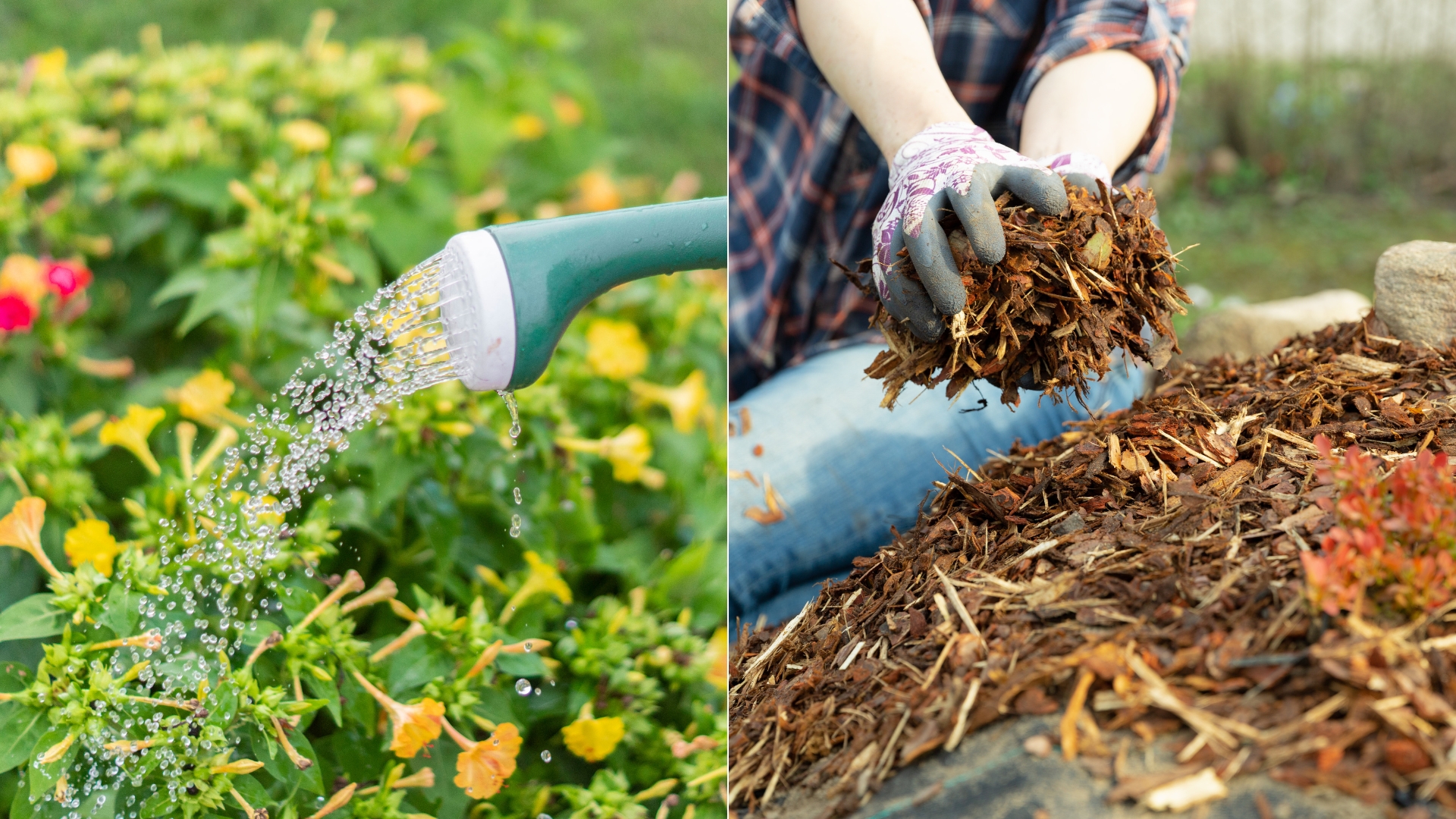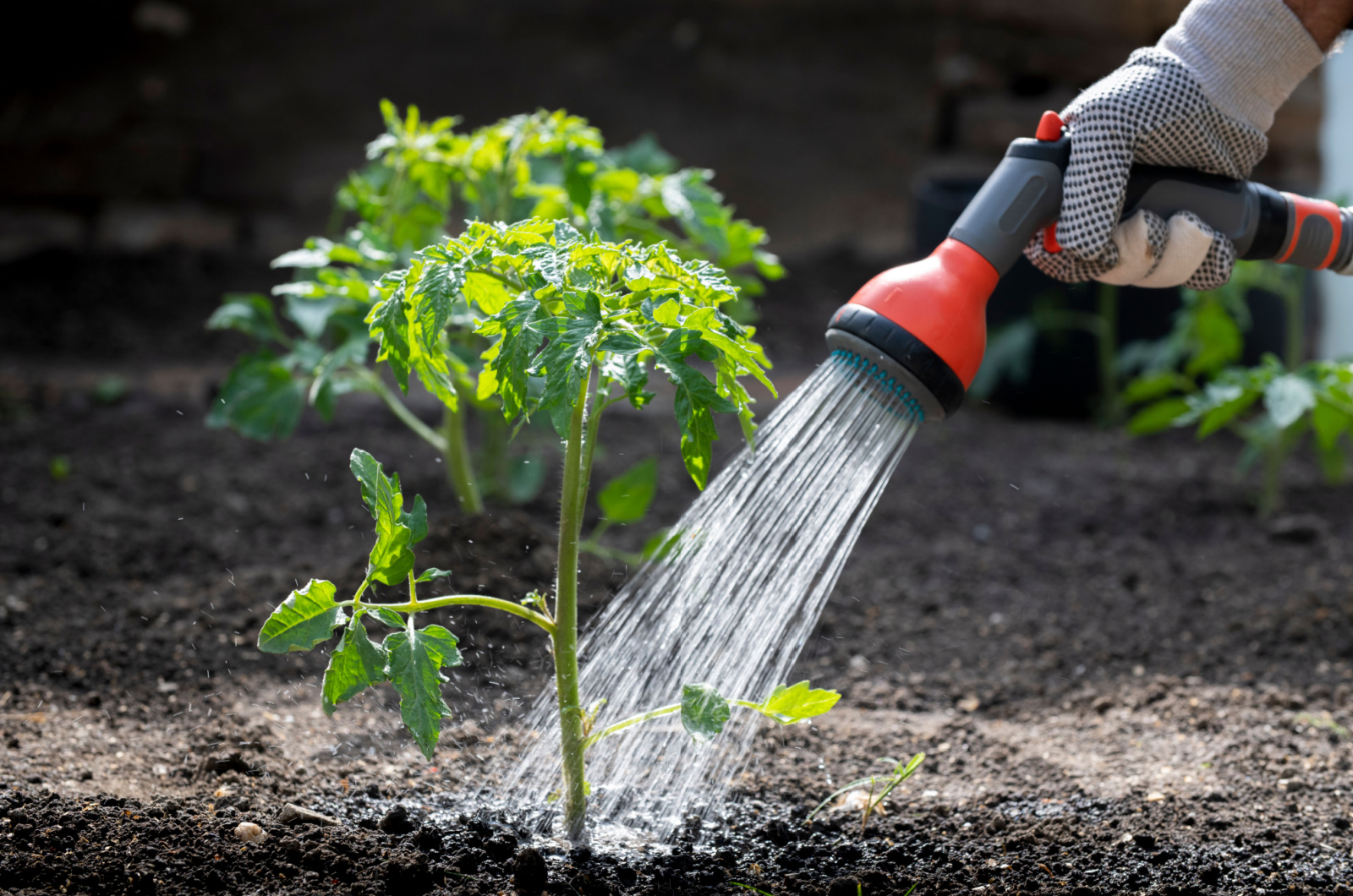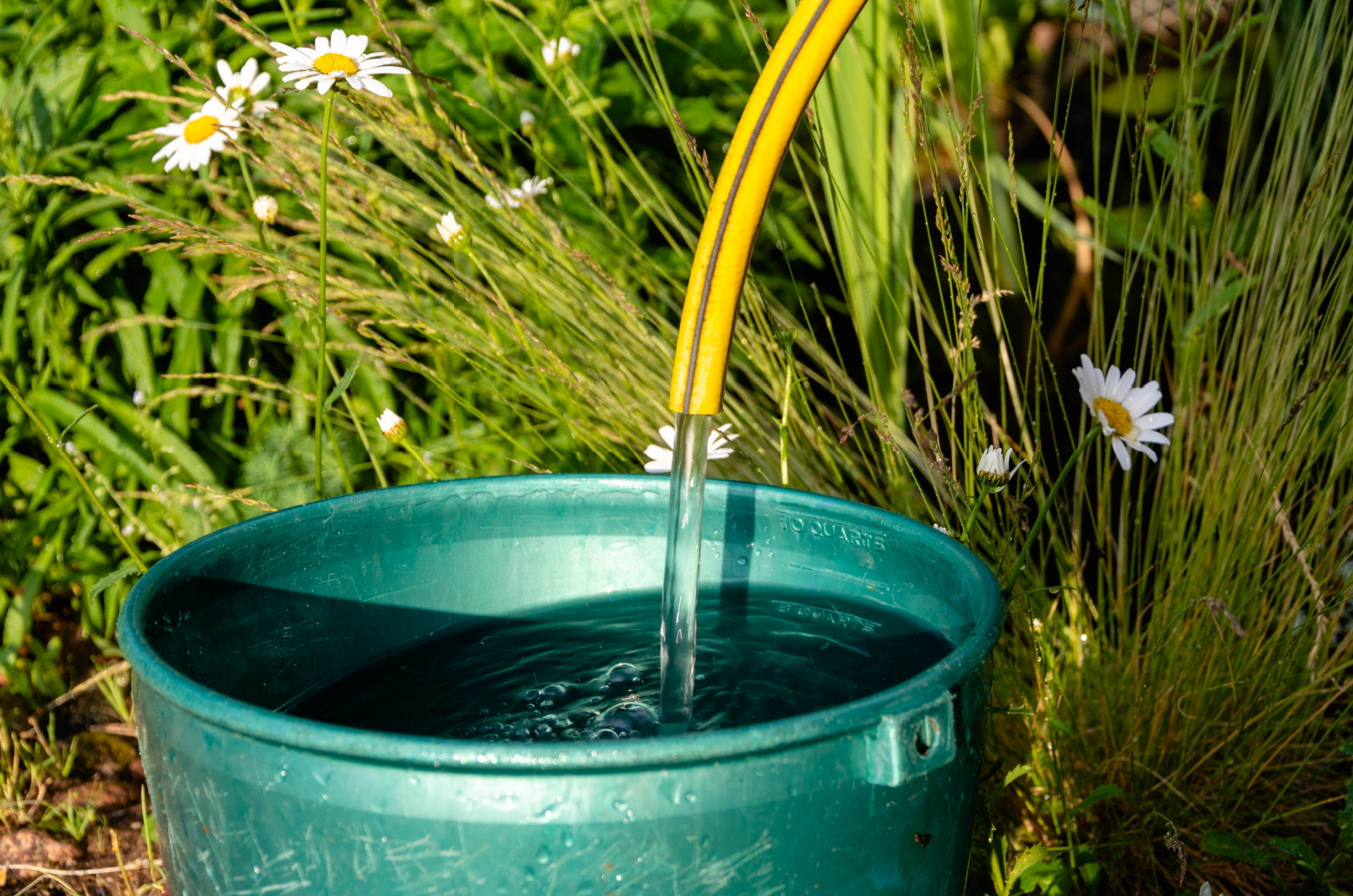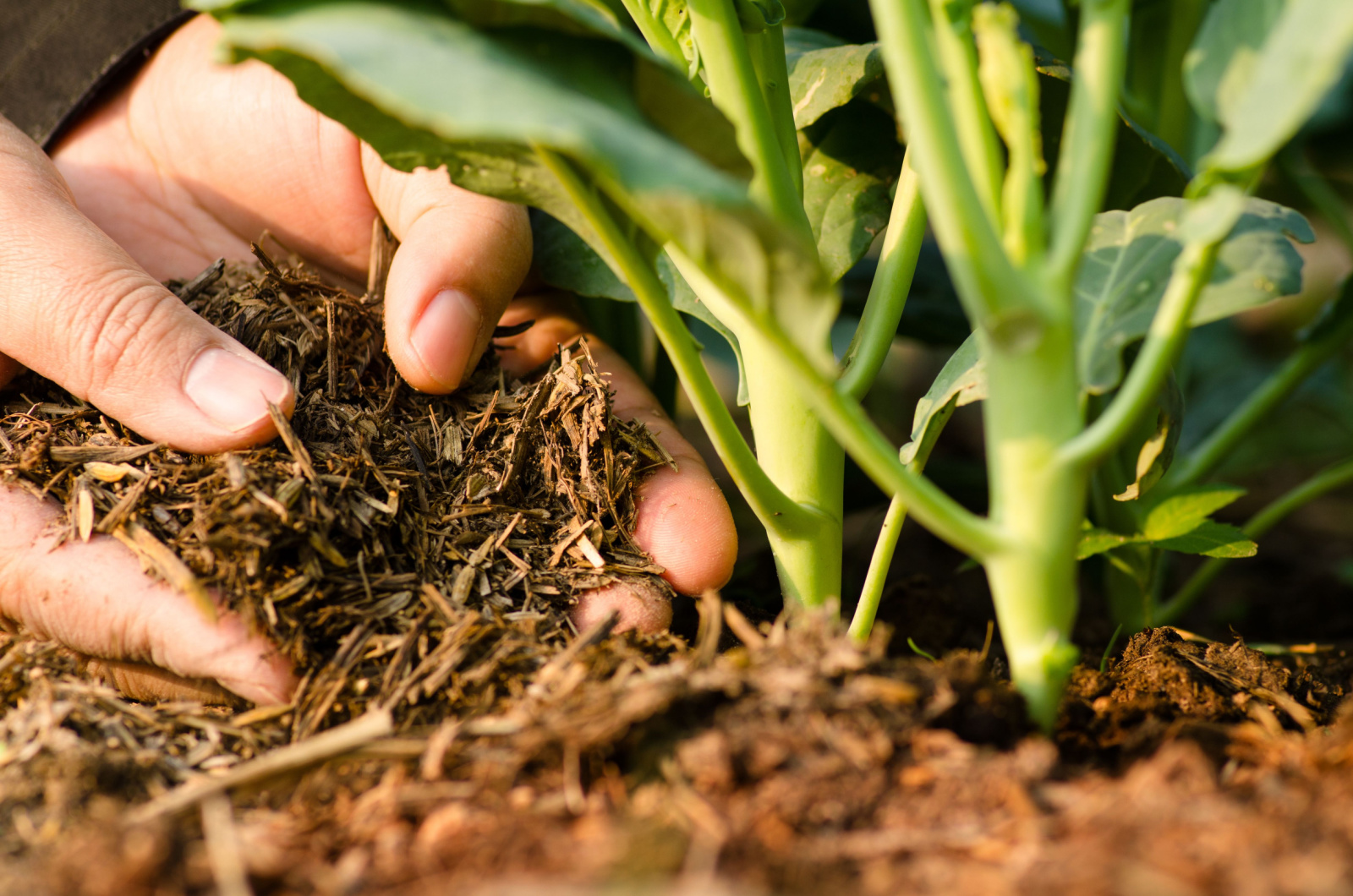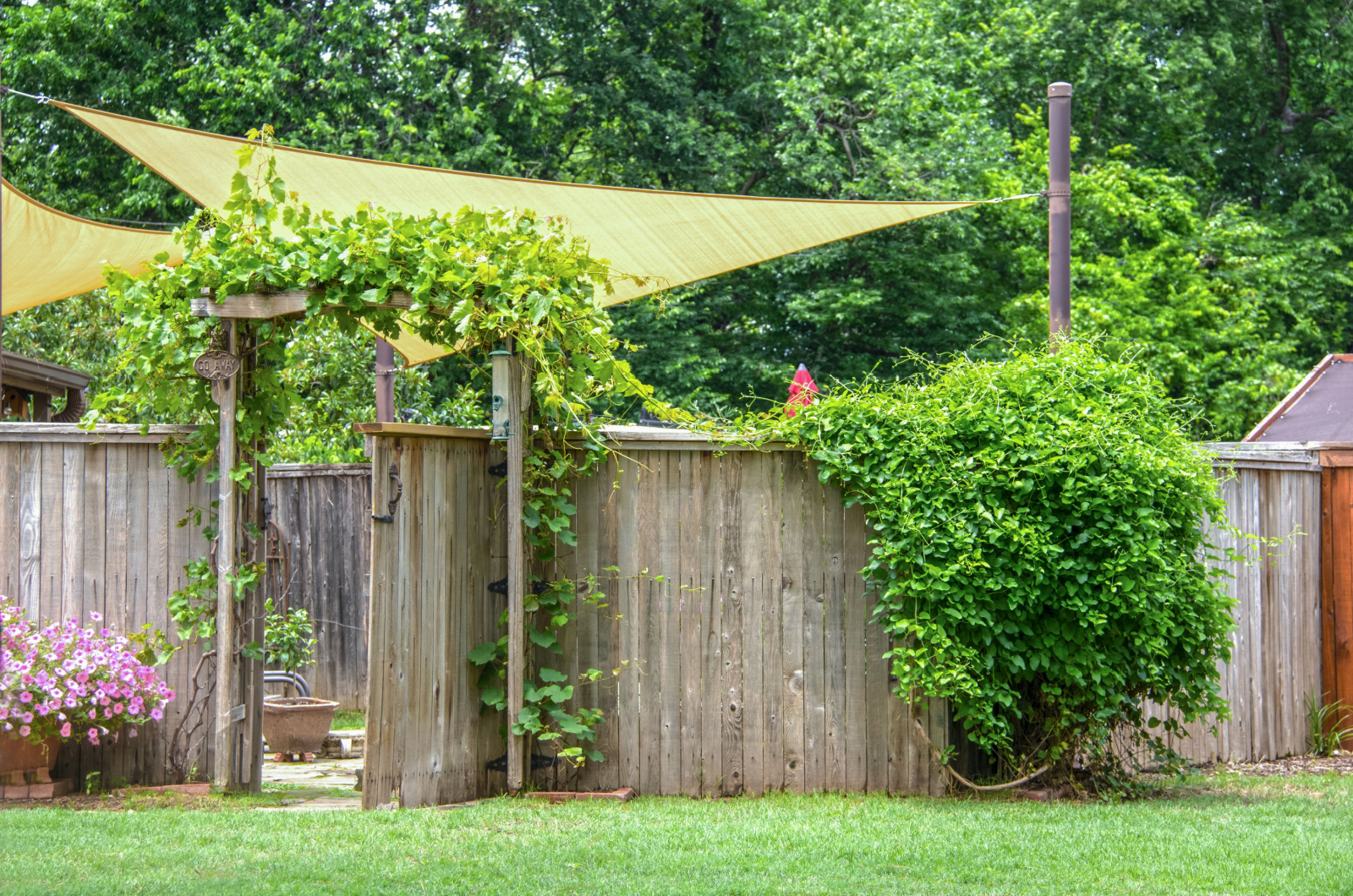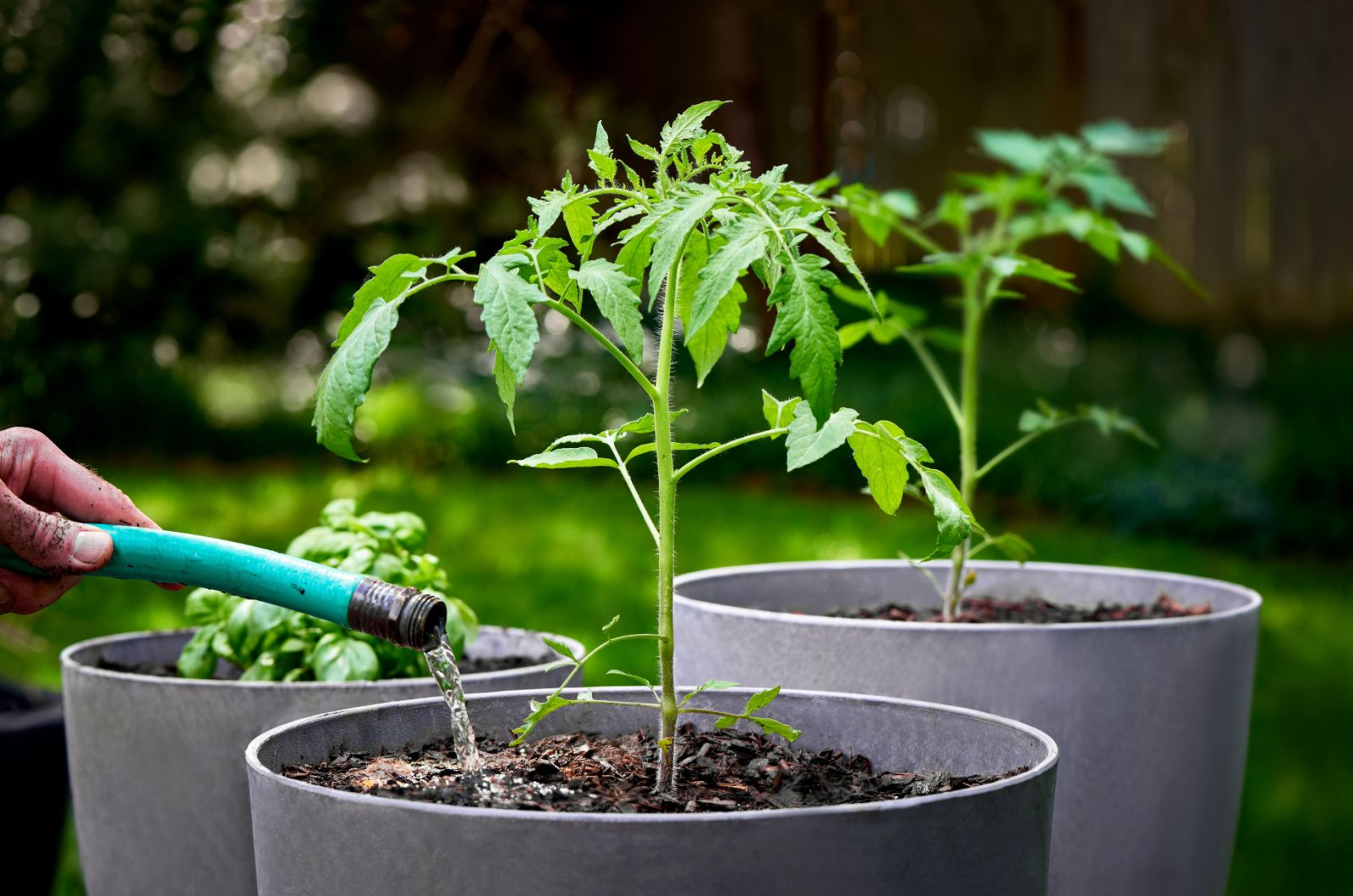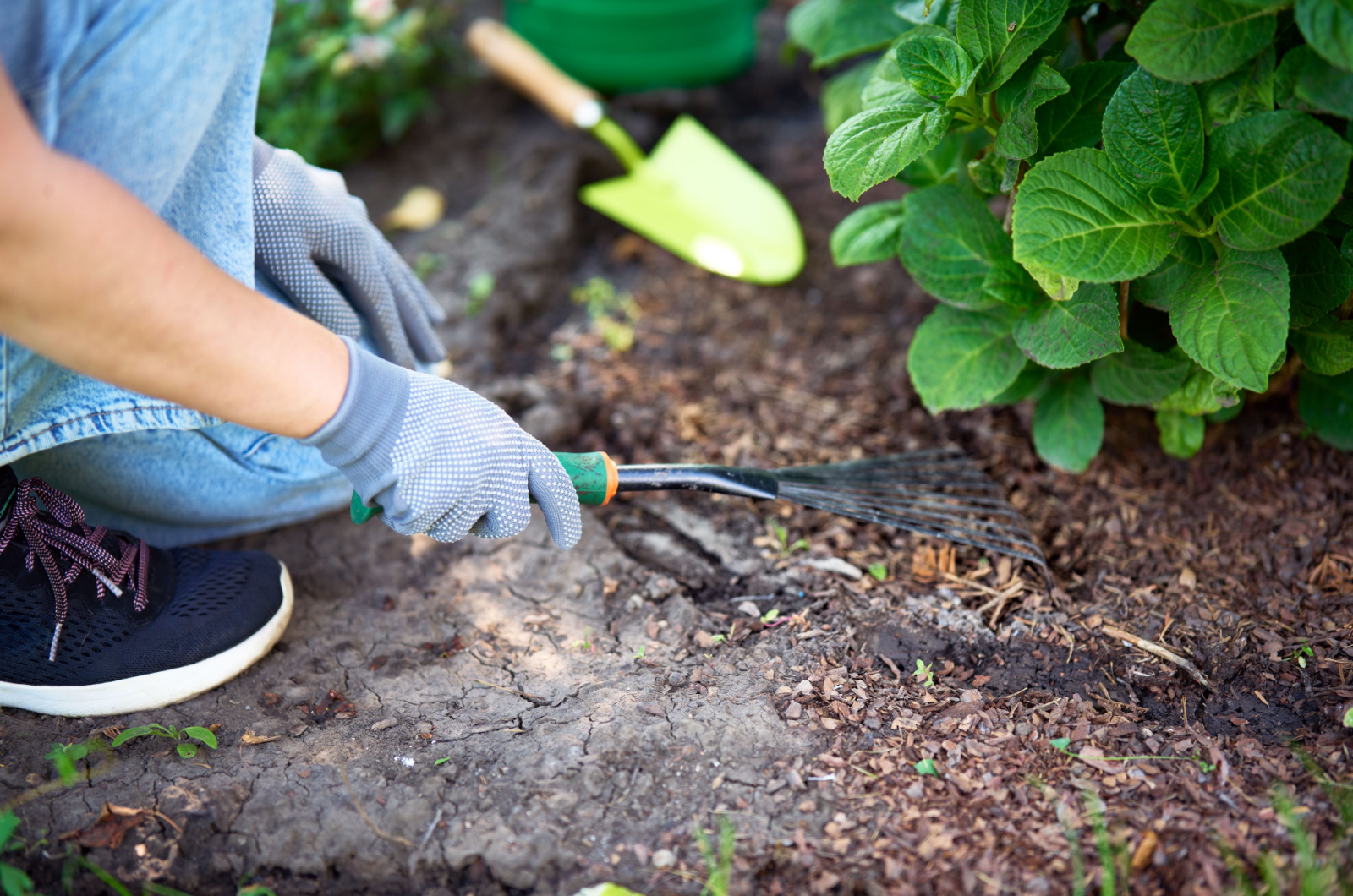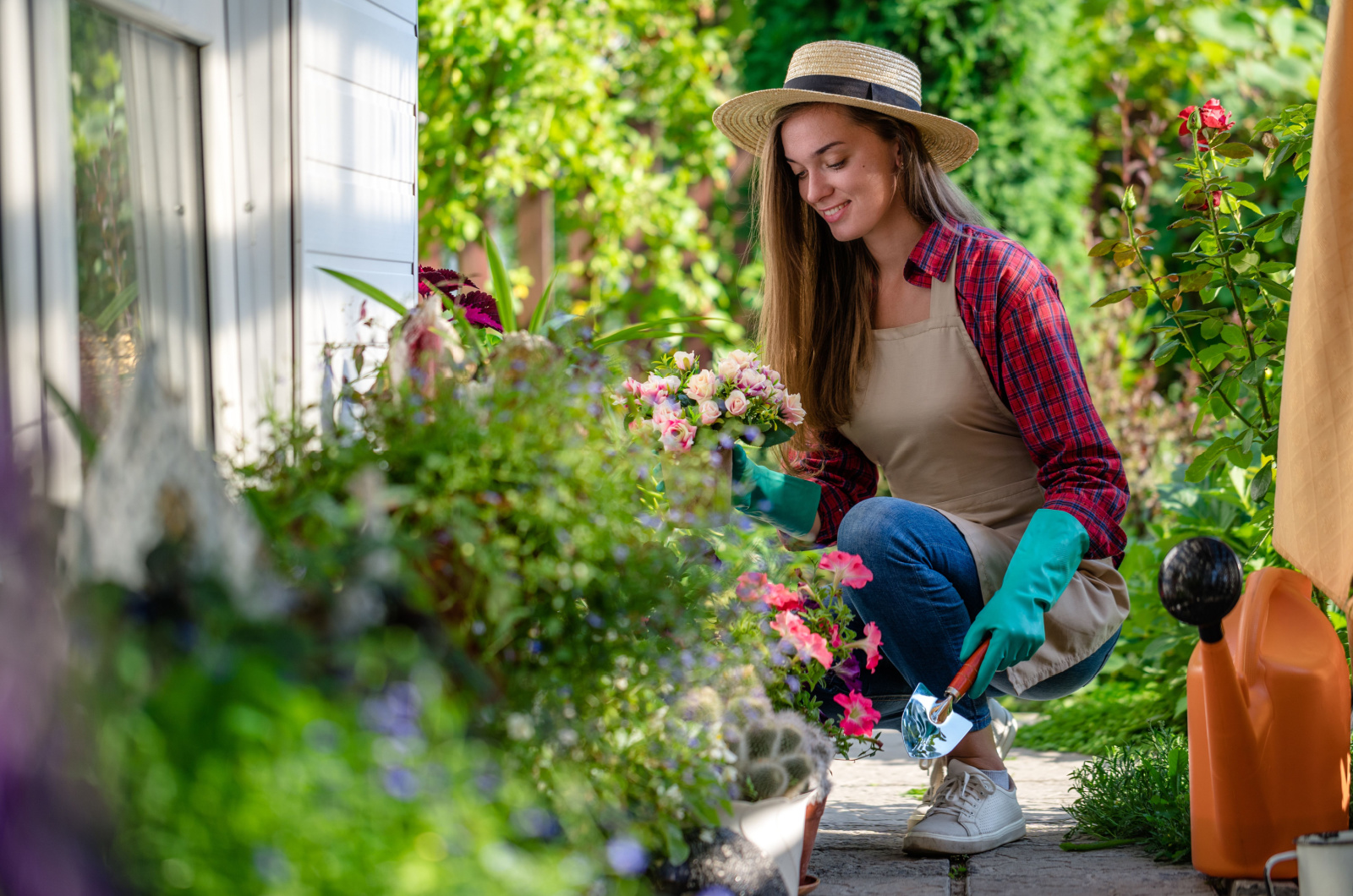One thing has made this year’s summer special all around the globe – the heat! And the worst thing about this phenomenon is that it puts your plants in danger and increases the work you have to do in your yard.
Watering becomes more exhausting and preserving moisture a never-ending battle.
And there are other things you might need to do, such as pay special attention to young plants, houseplants, etc.
Here are some tips that can help you keep your garden alive during scorching summers!
1. Early Watering
The worst time to irrigate your plants is during the hottest parts of the day or at night. Instead, water your fruit, flowers, veggies, and lawn early in the morning, when the plant will have enough time to absorb the moisture it needs.
Afterwards, the sun will cause the excess to evaporate, reducing the risk of fungal infections and root rot.
And if you sometimes don’t have enough time for early-morning irrigation, you can do it in the late afternoon or early evening (but not at night).
Just make sure you don’t wet the leaves during the evening irrigation, or they’ll stay damp throughout the night, increasing the risk of fungal diseases.
2. Deep Irrigation
Short and shallow irrigation isn’t enough for your plants to survive the summer heat. The best technique that will keep your green buddies thriving is watering them infrequently and deeply, making sure the moisture reaches their roots.
You can use drip irrigation or a soaker hose to reduce your watering chores if you have a large garden.
Deep irrigation allows your plants to grow deeper roots, making them more drought-tolerant as they won’t solely depend on the surface moisture.
3. Watering At The Base Of The Plant
The key when irrigating your plants is to avoid overhead watering, or rather to water them at their base.
Spraying the leaves will cause the moisture to quickly evaporate or cause fungal infections if you tend to irrigate your plants in the evening.
If you’re using sprinklers, turn them on in the early morning to give the foliage a chance to dry off.
4. Reusing Water
Did you know that using rice water for plants is beneficial because it provides them with a small dose of nutrients that can give them a slight boost?
And it doesn’t always have to be rice water. You can reuse water in which you boiled your pasta, potatoes, etc. instead of throwing it away.
Your plants will be happy and you’ll get one step closer to sustainable living by not wasting viable water.
P.S. Make sure the water is unsalted if you intend to use it on your plants because you don’t want to make the soil too salty and unlivable.
5. Being Careful When Using Hoses
Here’s my last watering tip: be careful when using hoses. If you leave them just sitting around in the sun, the water that later passes through them can reach critical temperatures, burning your plants.
Therefore, always let the water run into a bucket or somewhere away from your plants until it cools down.
And if you sometimes forget about the molten lava that can flow out of the hose and you accidentally water your plants with it, rinse them with as much cold water as you can.
6. Mulching
Mulching is one of the best ways of lowering the soil temperature, reducing the evaporation rate, and retaining water in the substrate.
You can use various types, such as wood mulch, bark or chips, grass clippings, straw, compost, leaf mold, etc.
Just don’t forget to use mulch for potted plants, too. These plants also need plenty of water during hot and dry weather, even more than the in-ground varieties. Mulching them will reduce your watering chores and keep them thriving.
When mulching, spread a layer of organic matter around your plants, but leave a couple of inches free around the stem to allow for better air circulation and prevent rot.
Note: Mulch will also suppress weed growth, reducing the amount of actual work you have to do in your garden.
7. Using A Moisture Retentive Substrate
The key to surviving the summer heat, or at least giving your plants a fighting chance, is to improve your garden soil.
You can achieve this by adding compost or well-rotted manure to it to make it more moisture-retentive, especially if you have a sandy substrate.
These materials are excellent for heavy clay soils because they’ll make them more aerated and provide enough moisture retention capacity to keep your plants flourishing.
You can also include some coco coir because it will make your substrate nice and loamy, increasing its moisture retention abilities.
Add all these materials either to your pots or in the ground and watch your plants thrive.
8. Being Careful With Fertilizer
Another thing you need to be aware of is using fertilizers. They can boost your plant’s growth rate, of course, but that’s not a good thing in excessive heat.
The plant will end up needing more water, increasing its risk of heat stress.
9. Introducing More Shade
Creating some artificial shade is a great way of protecting your plants from the scorching summer heat.
You can use a shade cloth or old sheets spread over your plants to keep them safe from the harsh midday sun.
Or you can use tarps, sails, umbrellas, and any number of creative ways to create some shade to shield your flowers and veggies from heat stress.
10. Planting Heat And Drought-Tolerant Varieties
I know this isn’t the most helpful tip when we’re already halfway through the summer, but I think it’s high time we start thinking about using plants to conserve water.
There are many heat-tolerant perennials that thrive in these conditions and don’t require that much moisture.
The first thing you should do is look for plants native in your area as they’re already adapted to your conditions.
You can also incorporate more plants with silvery foliage because they tend to be more drought-resistant. Think lavender, sage, dusty miller, etc.
And don’t forget about succulents and cactus plants. They are perfect for drier and hotter climates, especially if you choose varieties that are more adapted to these conditions.
Speaking of adaptations, there are tomato, pumpkin, and cucumber types that can tolerate some heat, so make sure to plant those veggies if you want them to survive the southern summer.
11. Using Containers
Having planters allows you to move them to a more secluded area and protect your plants from scorching heat.
However, they also tend to dry out faster, which is why you’ll have to irrigate your potted plants more frequently.
The trick to watering them is the same as for in-ground plants; irrigate your plants slowly and for a long time to make sure the moisture gets to the roots.
If water seems to only pass through the container, you can try bottom watering. Your plant will absorb as much moisture as it needs, without you standing there with a watering can all day!
Simply put your plant in a bathtub or on a saucer filled with water and keep it there until you notice that the topsoil is moist.
I’d also go for white, creamy, or beige planters because black ones absorb more heat.
12. Paying More Attention To Transplants
New plants you’ve just added to your garden require much more care and moisture than established ones as they’re not drought-resistant.
The first thing you need to know about transplanting seedlings outside is that you should wait until the heatwave is long gone.
Then, make sure to keep them moisturized and move them on an overcast day to somewhere the sun won’t cause all the moisture to evaporate.
Irrigate the transplants more frequently than the established plants and cover them with a shade cloth during the hottest time of the day to mitigate the shock.
13. Giving Your Plants Some Time Alone
Once your plants get heat stressed, there isn’t much you can do. Actually, the best thing you can do for your green buddy on a hot day is – nothing!
Don’t water it during the hottest hours (mornings are fine), avoid pruning, taking cuttings, transplanting, anything really.
These things would only stress out your plant even further and make it take a long time to recover.
The only thing you can do is weeding, although this chore is much easier when the soil is moist.
And if you notice that your plant is in desperate need of water, go ahead and water it in the afternoon. It’s much worse to let it wait until morning.
14. Caring For Your Houseplants, Too
This year’s heatwaves are really something, and I don’t think I could survive them without AC.
In this suffering, it’s easy enough to forget about our houseplants and their needs, especially the tropical ones which require more moisture.
They, too, suffer during heatwaves, which is why it’s so important to remember to water them a bit more frequently.
Of course, don’t keep them drenched in water because that will lead to root rot. Instead, irrigate them whenever you notice that the top few inches of the soil are dry (which will happen more often).
Draw the curtains if the midday sun falls directly onto their leaves or move them a couple of feet away from the windows. Open the curtains in the early morning or evening hours to let some light in, and your plants will be more than happy.
Finally, make sure the humidity of your home suits your plants perfectly. Run the humidifier and you green buddies will thank you.
15. Taking Care Of Yourself
Happy gardener equals happy plants, which is why it’s so important to take care of yourself as much as you tend to your plants.
Start working early in the morning and continue in the evening when temperatures are more bearable.
Put some sunscreen on and get a hat and sunglasses to protect your skin and face from the sun.
This one might feel a little bit contradictory, but it works. I always wear a sleeveless shirt and a light shirt over it. It keeps me cool during hot hours. And if it gets too hot, you can soak the long-sleeved shirt in water and put it back on to keep you cool.
Finally, keep hydrated and take as many breaks as you need.
Final Thoughts
Scorching summers can really do a number on your plants, but there are ways to battle its effects.
It can be exhausting, but if you push through it, you’ll be rewarded with an excellent harvest that will make it all worth it.

